Photo By Polina Kuzovkova
Written By: Traciana
Opening Notes from Traciana
I was on a train from France to Spain this summer, watching the countryside roll by as the conversations around me shifted from French into Spanish, with bits of English slipping through. Somewhere between Bordeaux and Madrid, I thought: this is my life in miniature.
As a third-culture kid, I’ve never belonged to just one place or spoken only one language. Belonging has always meant listening differently, moving between rhythms, and finding myself in the spaces in between.
That way of moving through the world is what inspired me to create the Thrive Abroad Society—a community for people who long to connect more deeply wherever they go. For me, travel has never been about sightseeing alone. It’s about finding belonging in small, uncurated moments.
Madrid reminded me of that truth most vividly during the evenings, when the city itself became my teacher.
Why Tourist Traps Leave Us Wanting More
On my first day in Madrid, I walked through Puerta del Sol. It was beautiful, buzzing, iconic. And yet, even as I admired it, I caught myself wondering: Where do people live?
Tourist landmarks aren’t bad. They’re just incomplete. They show you what a city wants you to see, but not always what it wants you to feel. That realization pushed me to wander further.
Belonging on Foot
As a third-culture kid, I’ve never belonged to just one place or spoken only one language. Belonging has always meant listening differently, moving between rhythms, and finding myself in the spaces in between.
Each night, I joined the river of Madrileños flowing through their city, letting my steps carry me into its heart. It was in those hours of walking that I felt less like a visitor and more like a participant in the life unfolding around me.
Walk One: The Grand Boulevards
I began with the wide, elegant stretches—past palaces glowing in the dusk, down boulevards where fountains shimmered under lamplight. Tourists snapped photos, but what struck me were the locals moving at their own pace: families in no rush, elders steady and unhurried, children weaving between benches. Walking there wasn’t about sightseeing. It was about entering a rhythm larger than myself.
Walk Two: The Parks
Another evening carried me into Retiro Park. Joggers looped its pathways, couples sprawled on the grass, musicians tucked themselves under trees. I wandered until I reached the lake, where strangers rented rowboats just to drift in circles, laughing as the sun slid down.
I sat for a while, clapping along with a guitarist who played by the water. At first, I barely joined in, but then the rhythm caught me, and a quiet hum slipped from my lips. The guitarist grinned, and suddenly I wasn’t the audience—I was ensemble. That simple offering of rhythm, of voice, became my entry into the night’s music.
Walk Three: The Neighborhood Streets
But it was in the narrow neighborhood streets where belonging whispered loudest. After walking the same route a few evenings in a row, a café owner began greeting me with a grin: “¿Lo de siempre?”—“The usual?” His teasing turned ritual. On another night, a neighbor waved me upstairs for a glass of wine on her rooftop, simply because she’d seen me pass by often enough to feel like part of the block.
Belonging came not in grand gestures, but in the recognition of faces, the quiet repetition of presence.
Language as a Bridge
Even though I speak Spanish and French, I don’t always speak them flawlessly. One morning, I stumbled through a sentence ordering bread. The baker’s response wasn’t just words—it was a softening, a smile that said: You’re willing to meet me where I am.
That moment shifted something. It reminded me that belonging doesn’t demand perfection—only presence.
Listening With All of You
Those walks taught me that belonging isn’t about destinations. It’s about listening with your whole self:
- Emotionally, I noticed when I felt out of place and chose to stay open anyway.
- Human: watching how people greeted one another, how space was shared.
- Spiritual: sensing Madrid’s rhythm of late nights, where joy and rest coexist.
- Generational: seeing elders and young people coexist in plazas, each shaping the city in their own way.
- Strategic: letting these cues shape my steps—when to linger, when to move on, when to say yes to an invitation.
This is what I call Fearless Listening®. It’s how a city stops being something you walk through and becomes something you walk with.
Stories That Stay
What remains with me isn’t Madrid’s monuments. It’s the walks:
- The shimmer of palaces under streetlamps.
- The laughter of strangers rowing in Retiro Park.
- The rooftop glass of wine was offered because I had become a familiar passerby.
- The smile of a baker who reminded me that clumsy words can still build bridges.
- The moment a guitarist turned my small clap and hum into part of his song.
These are the moments that linger. Not because I consumed Madrid, but because Madrid allowed me to belong—for a while.
Your Journey Can Be Deeper
You don’t need to live abroad for decades to travel this way. You only need the intention to belong—to let yourself move beyond observation and into participation.
That’s why I created Thrive Abroad Society. It grew out of moments like those Madrid walks—reminders that belonging is possible anywhere if you know how to listen for it. Inside, I share tools and stories to help you connect more deeply, even on short trips.
🔗 Start with our Free Mini-Course and discover how your next journey can become more than a visit.

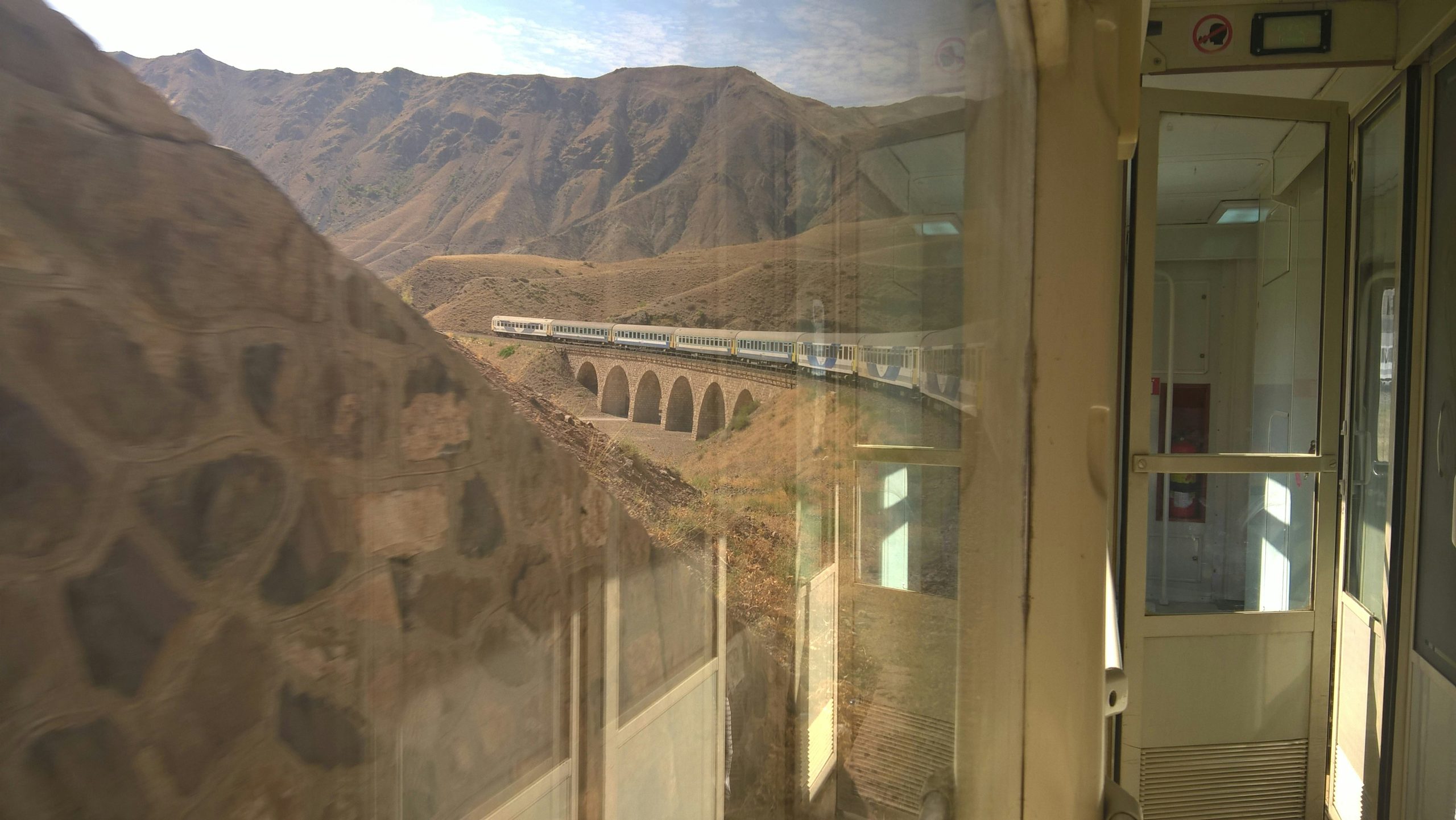
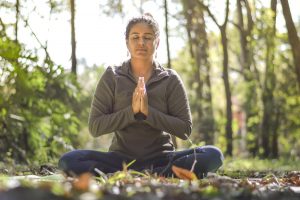


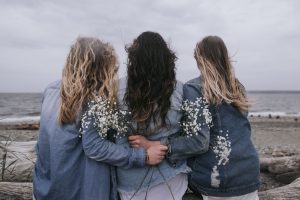
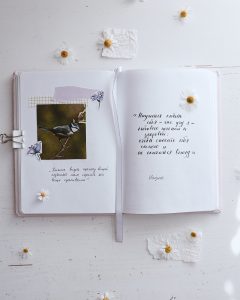






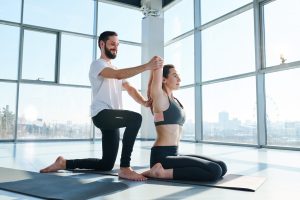

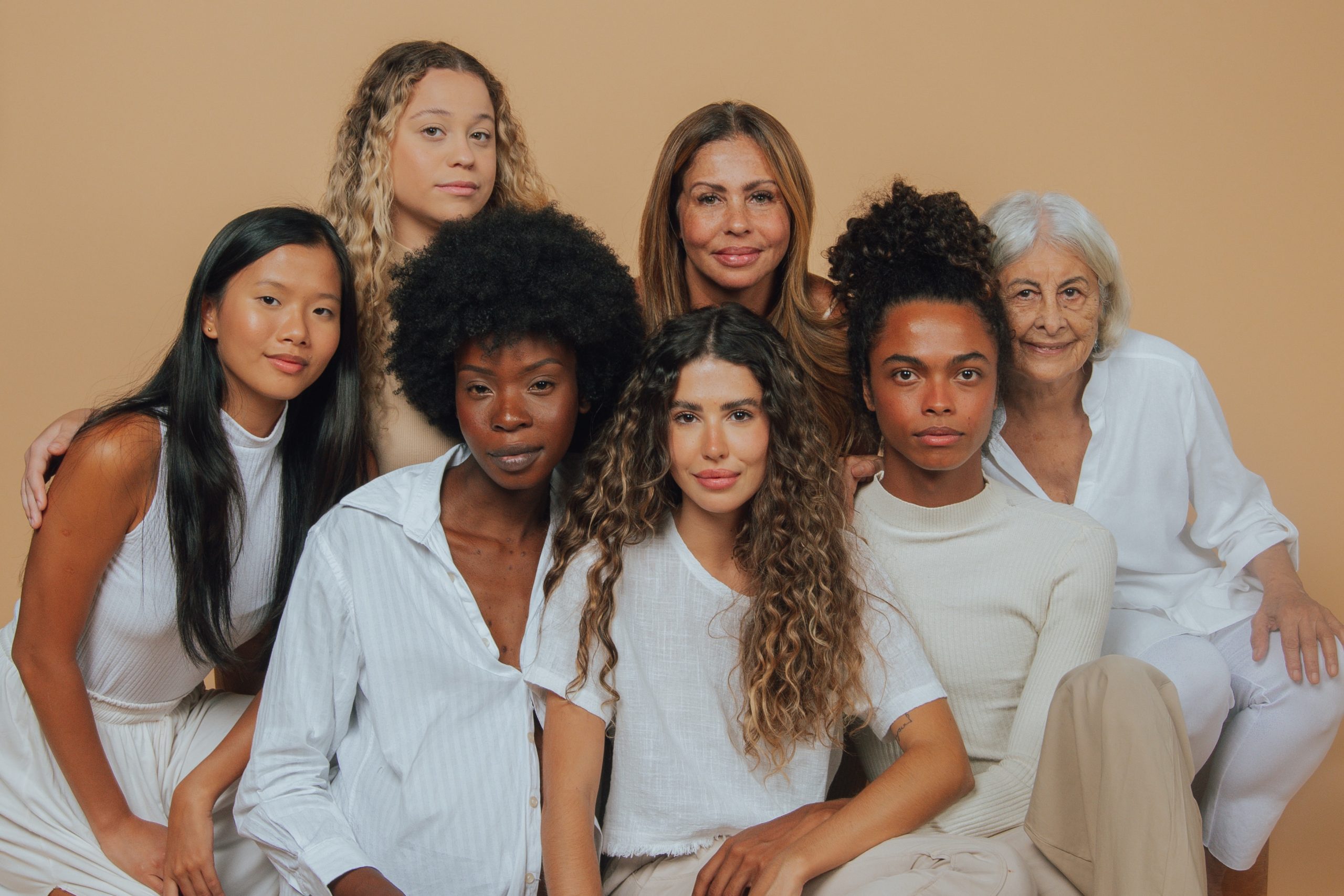
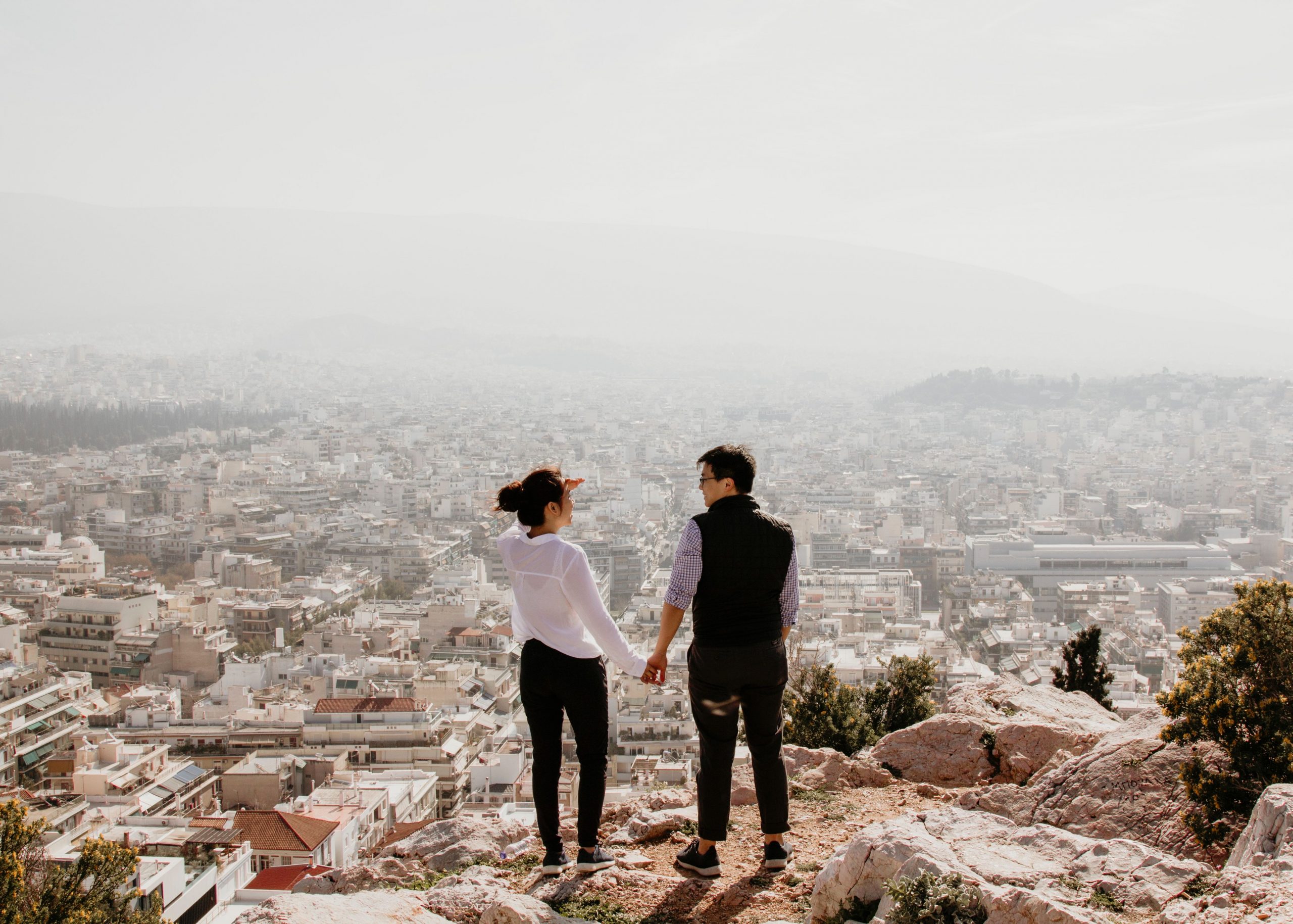
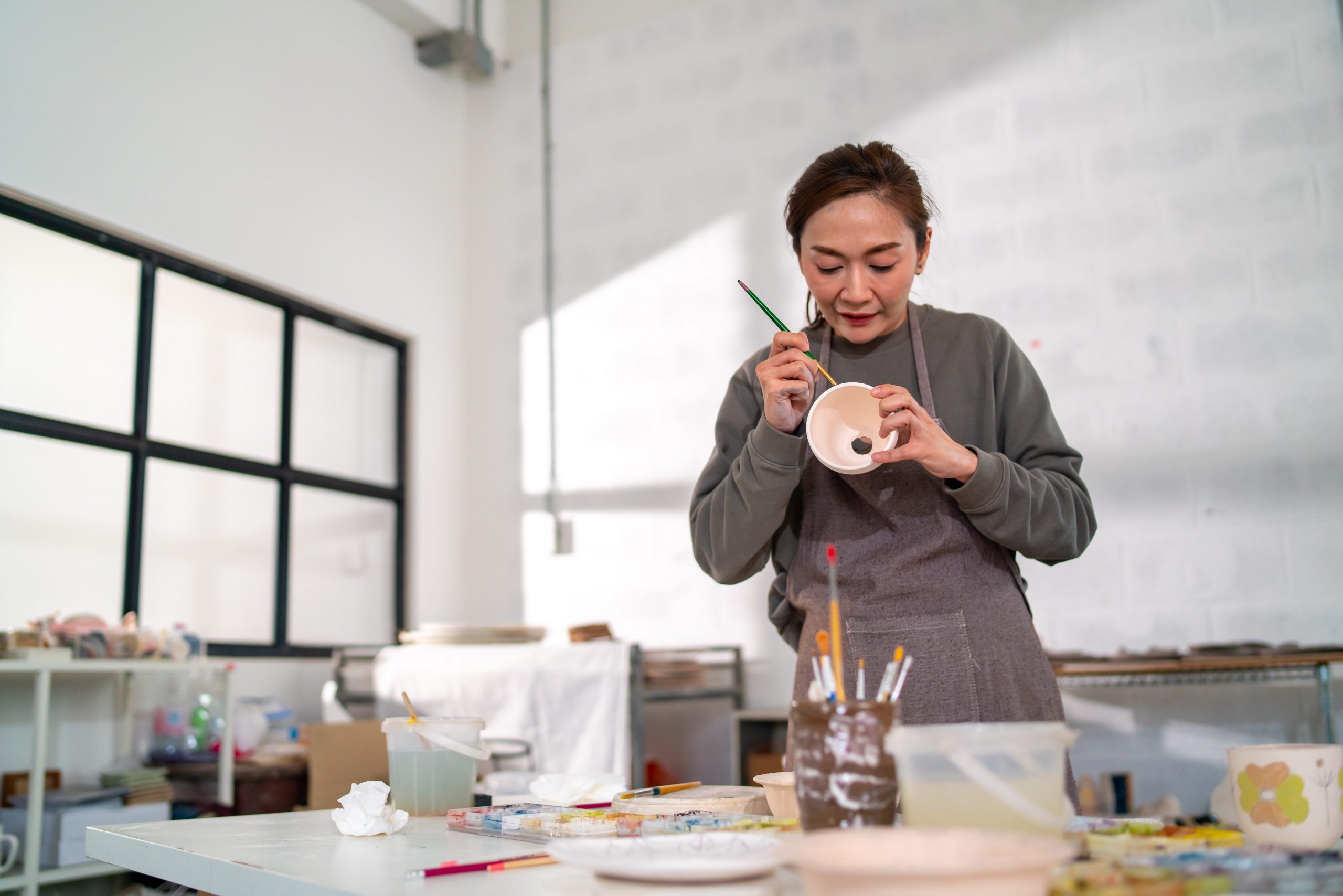




0 Comments for “Beyond Tourist Traps: Belonging in Madrid”